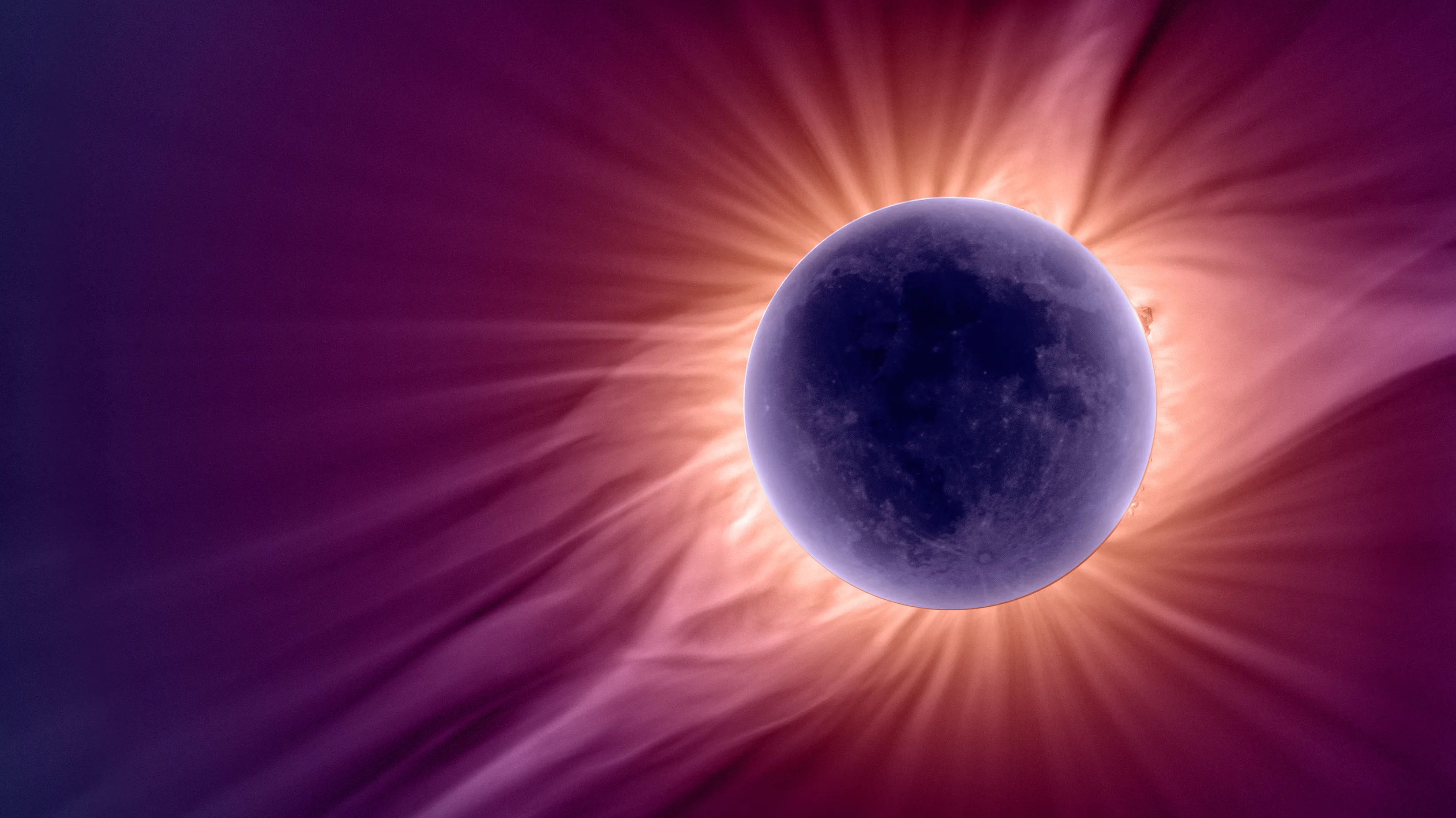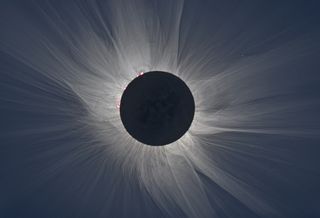Why Solar Eclipses Don't Plunge Earth into Cold Darkness

Introduction: Solar eclipses captivate the imagination, evoking a sense of wonder and awe as the moon momentarily obscures the sun's brilliance. Yet, amidst the spectacle, a curious question arises: why doesn't the temporary absence of sunlight during an eclipse lead to a noticeable drop in temperature, or even freezing temperatures, in some regions of the Earth? In this article, we delve into the science behind solar eclipses and explore why they fail to chill the Earth to its core.
Advertisement
The Mechanics of Solar Eclipses:
Solar eclipses occur when the moon passes between the Earth and the sun, casting a shadow on the Earth's surface. During a total solar eclipse, the moon completely blocks the sun, plunging areas within the shadow, known as the umbra, into temporary darkness. Meanwhile, regions within the penumbra experience a partial eclipse, where the sun is only partially obscured.
Solar Radiation and Earth's Atmosphere:
While the sun's rays provide warmth and light to the Earth, it's important to understand that temperature is not solely determined by the intensity of sunlight. Earth's atmosphere plays a crucial role in regulating temperature through a process known as the greenhouse effect. Greenhouse gases, such as carbon dioxide and water vapor, trap heat within the atmosphere, helping to maintain a relatively stable climate.
Advertisement

The Transient Nature of Solar Eclipses:
Solar eclipses are fleeting events, typically lasting only a few minutes at any given location. While the temporary interruption of sunlight may lead to a slight decrease in temperature during the eclipse, the duration is too brief to significantly impact Earth's overall climate. Additionally, the Earth's thermal inertia, or ability to retain heat, helps to mitigate any immediate cooling effects.
Advertisement
Localized Effects vs. Global Climate:
It's important to distinguish between localized weather phenomena and long-term climate patterns. While solar eclipses may briefly cool the areas directly within the eclipse's path, the effects are temporary and localized. The Earth's vast oceans and atmospheric circulation patterns distribute heat globally, preventing widespread cooling or freezing as a result of a solar eclipse.
Conclusion:
Solar eclipses are awe-inspiring events that captivate observers around the world, yet they do not have a substantial impact on Earth's overall temperature or climate. While the temporary interruption of sunlight during an eclipse may lead to a brief drop in temperature in localized areas, the Earth's atmospheric and thermal systems quickly compensate for any changes. By understanding the complex interplay of solar radiation, Earth's atmosphere, and climate dynamics, we gain a deeper appreciation for the resilience and equilibrium of our planet in the face of celestial phenomena.